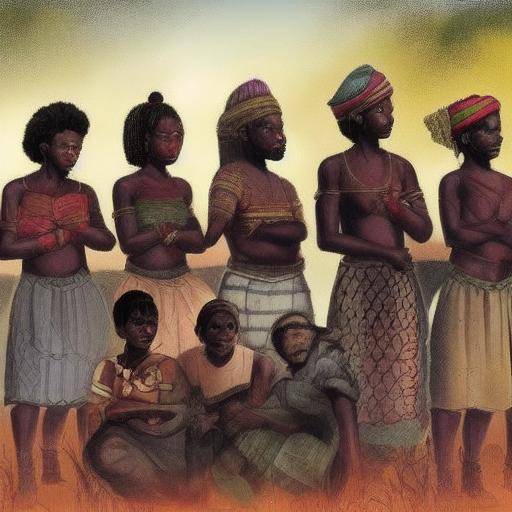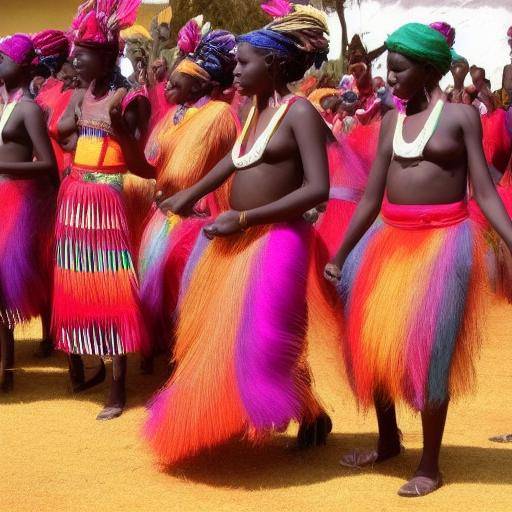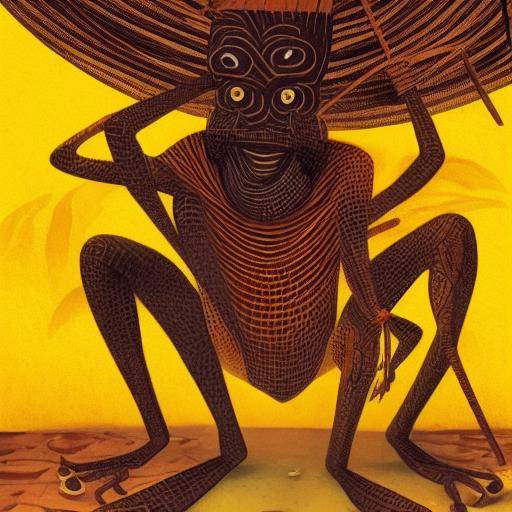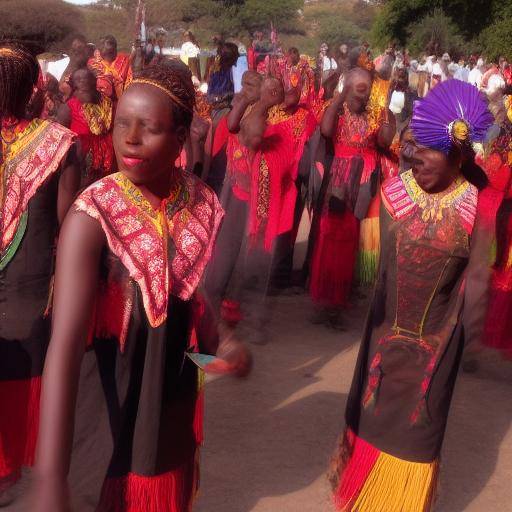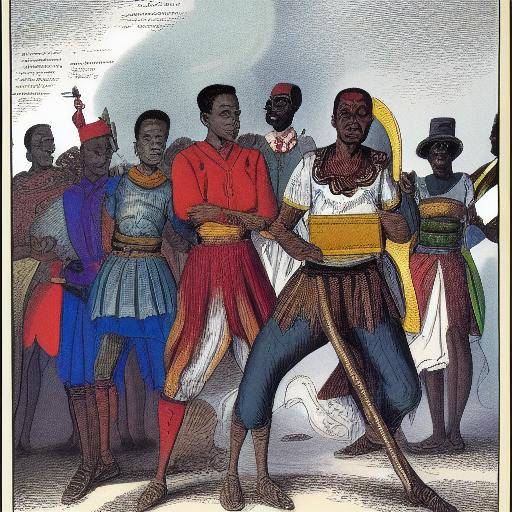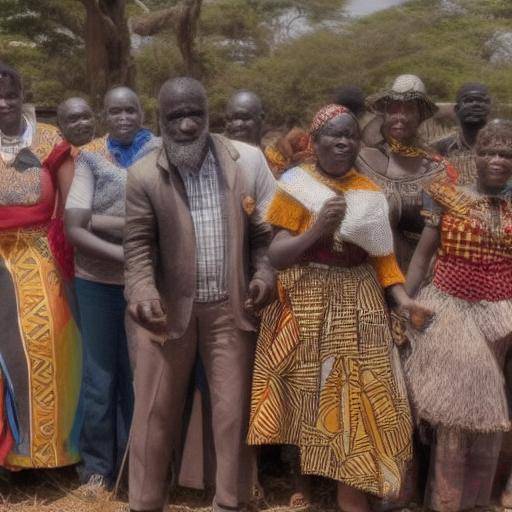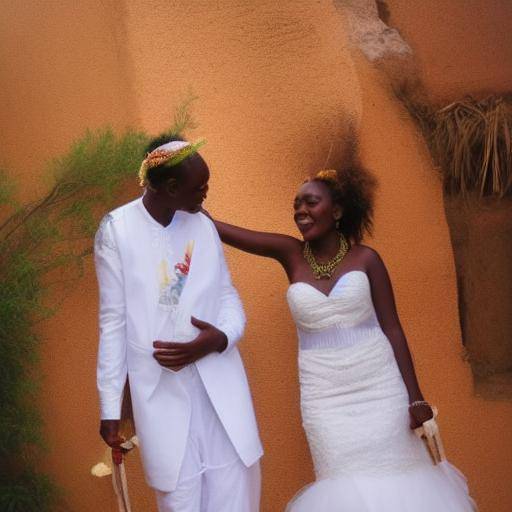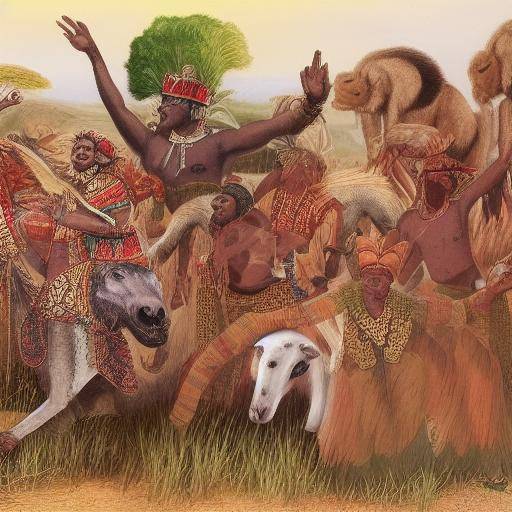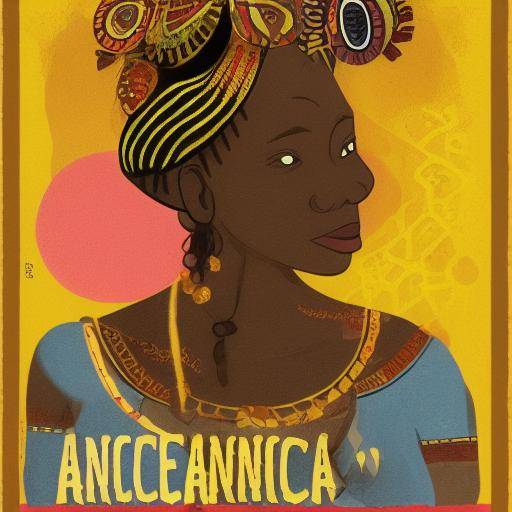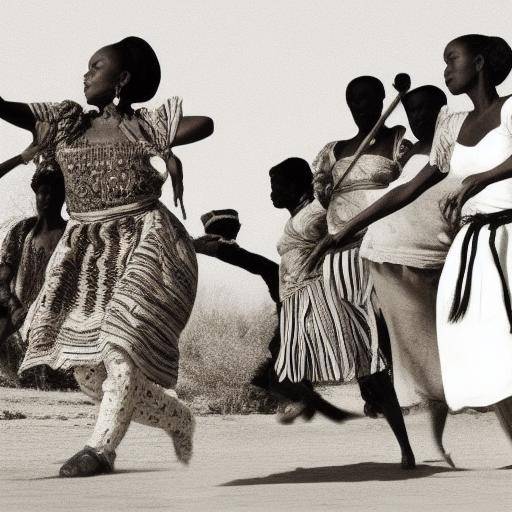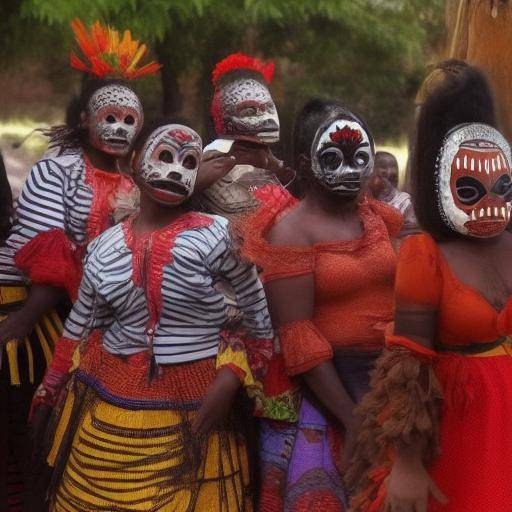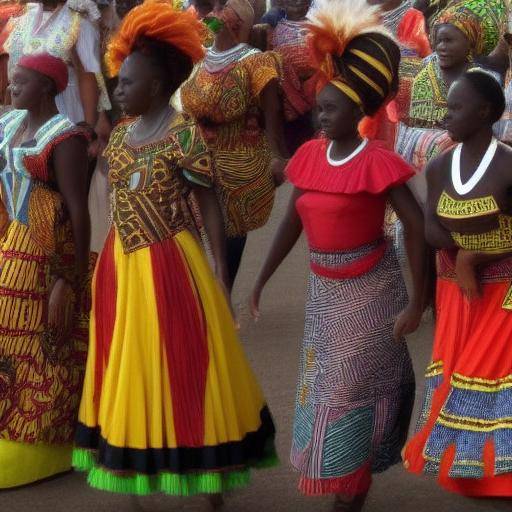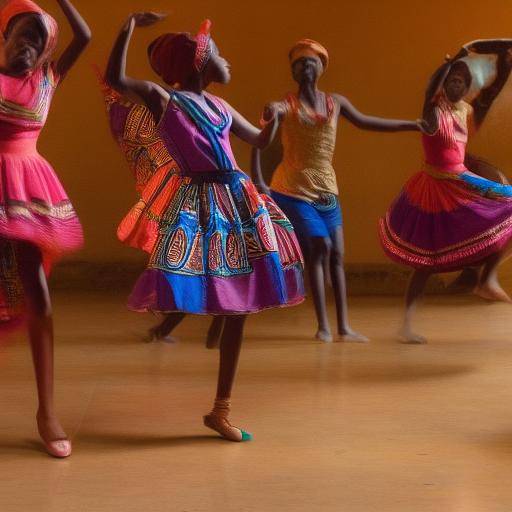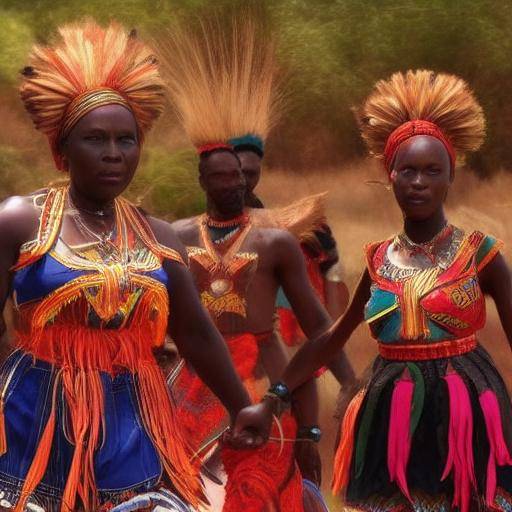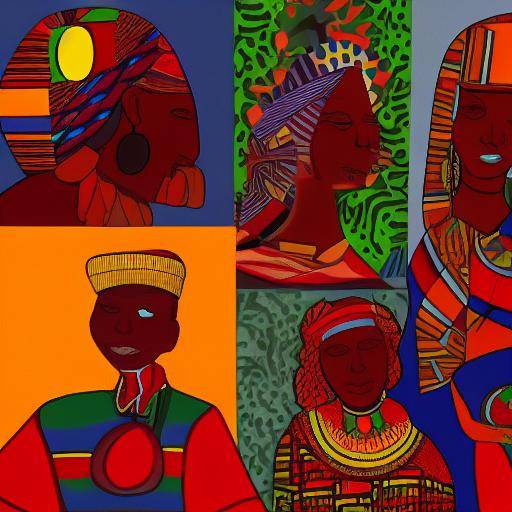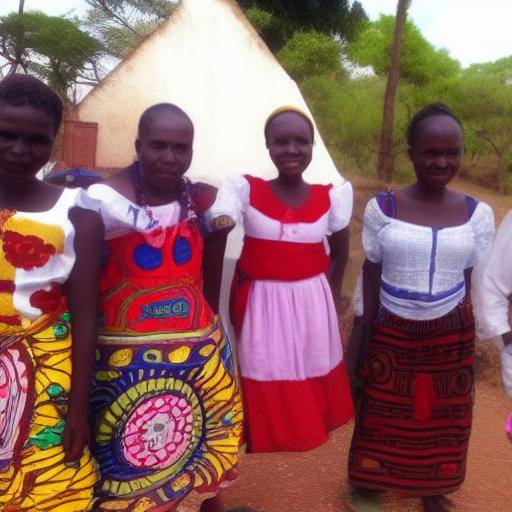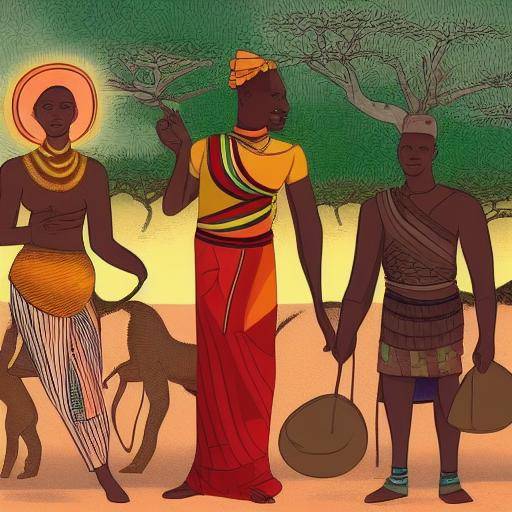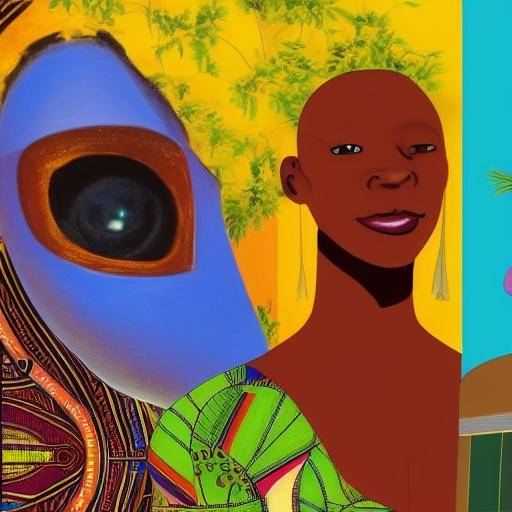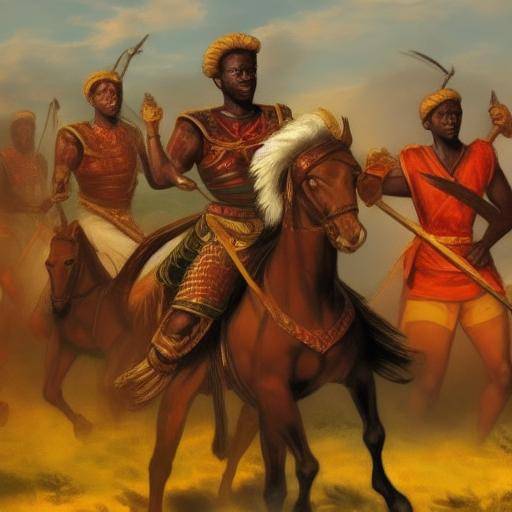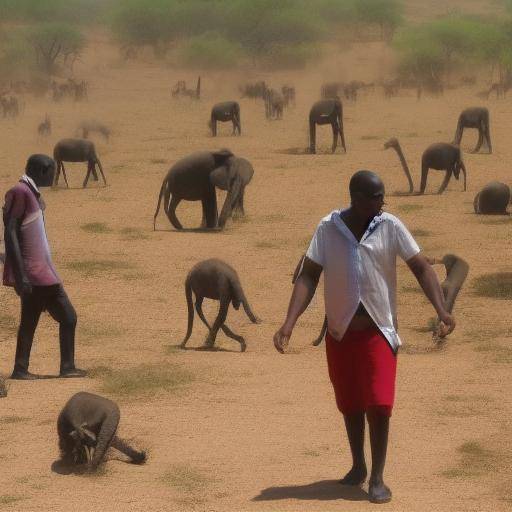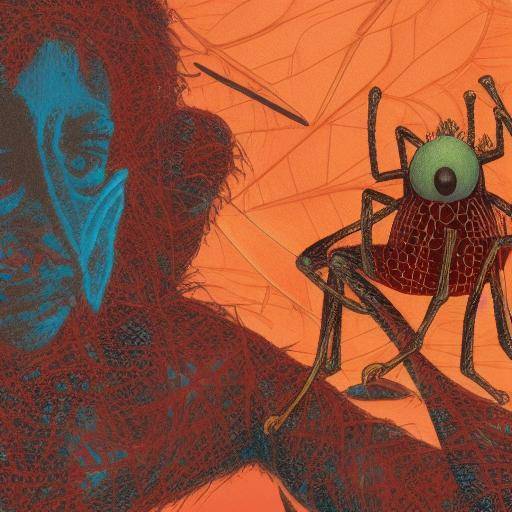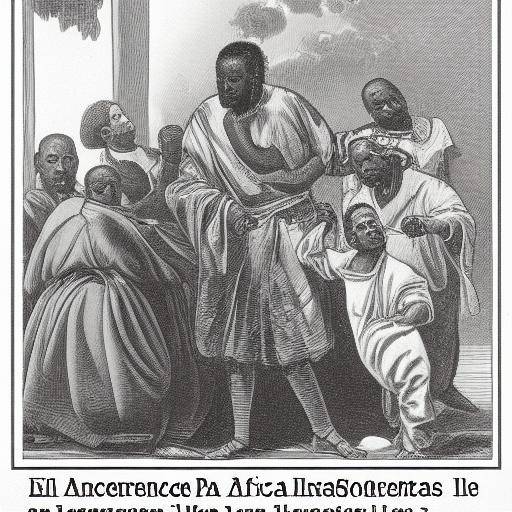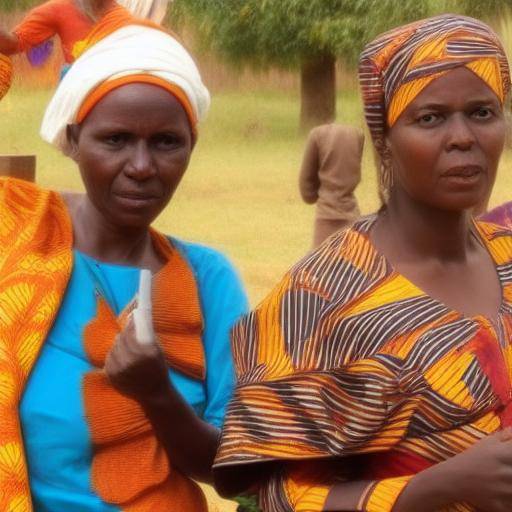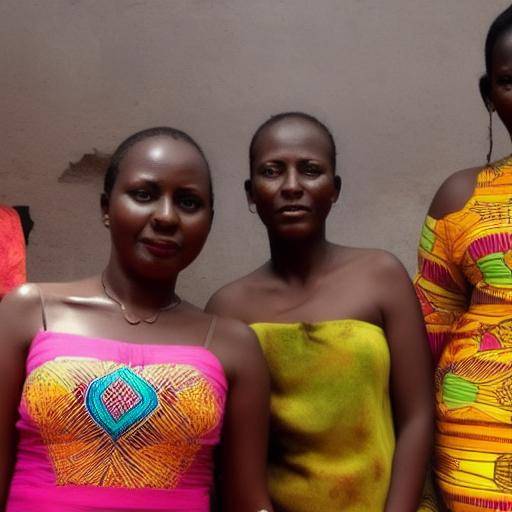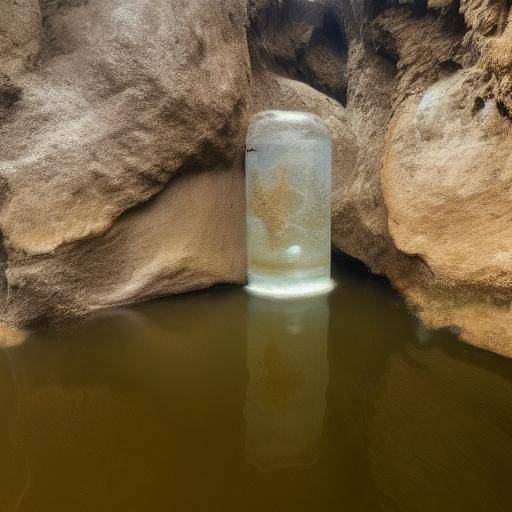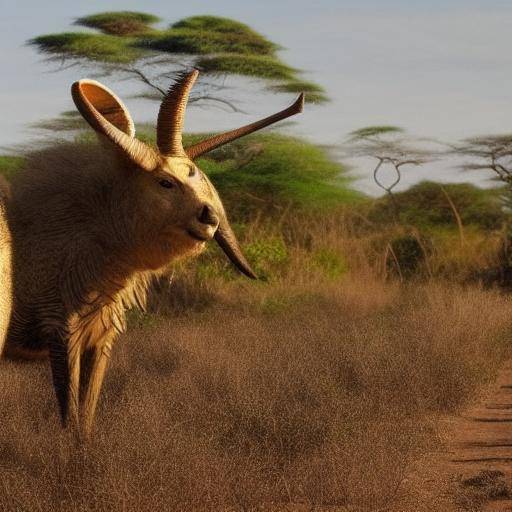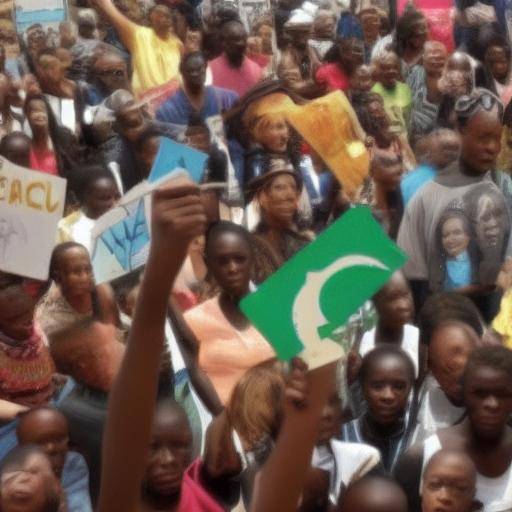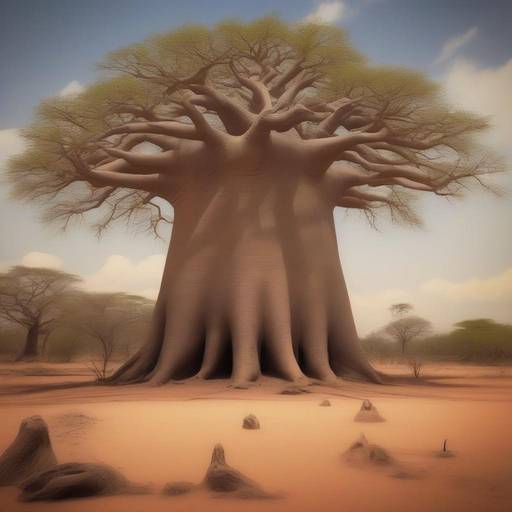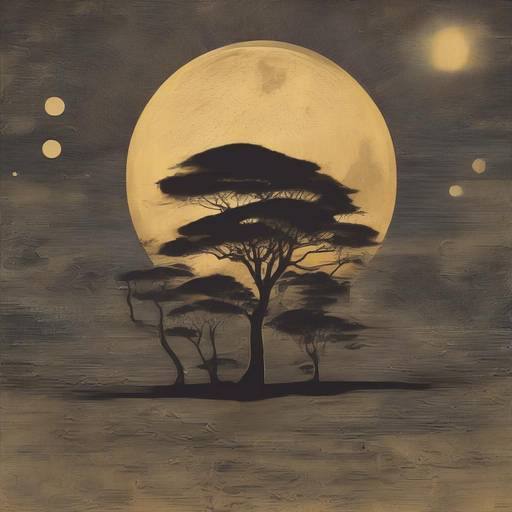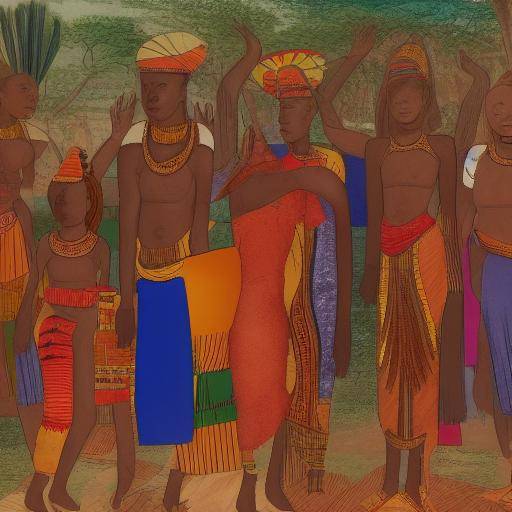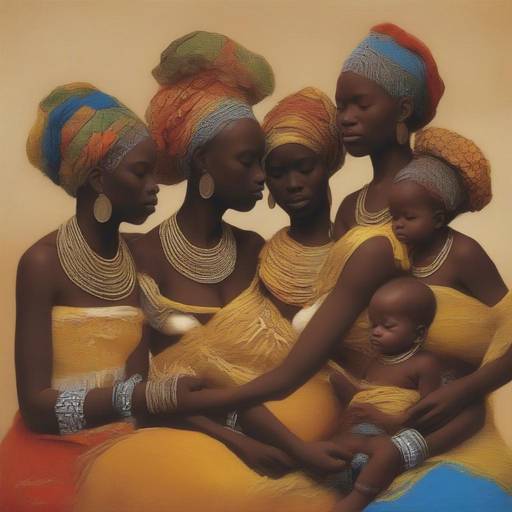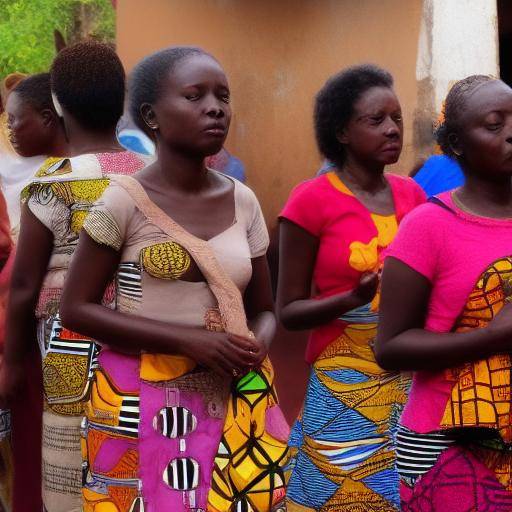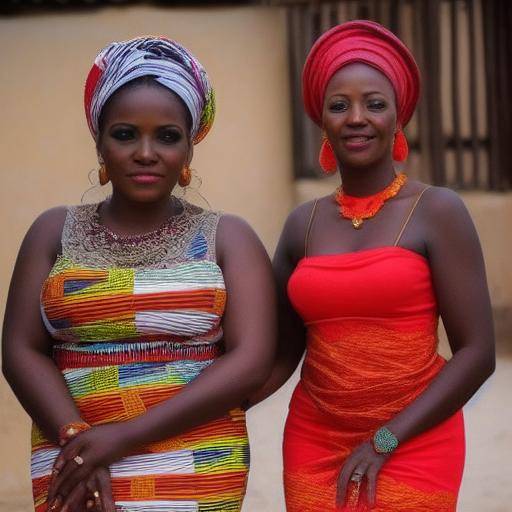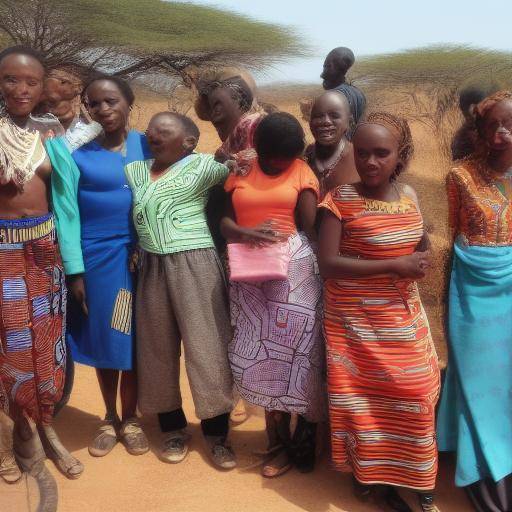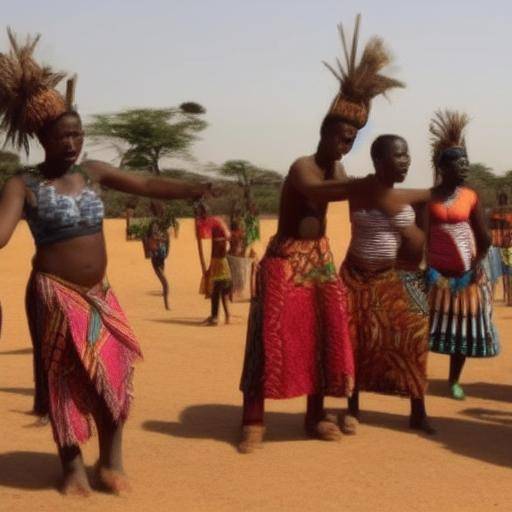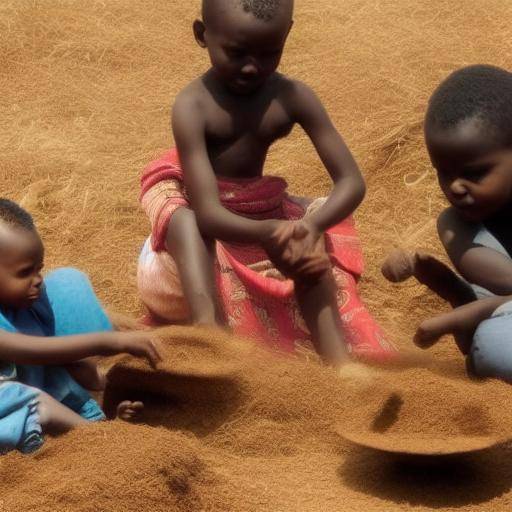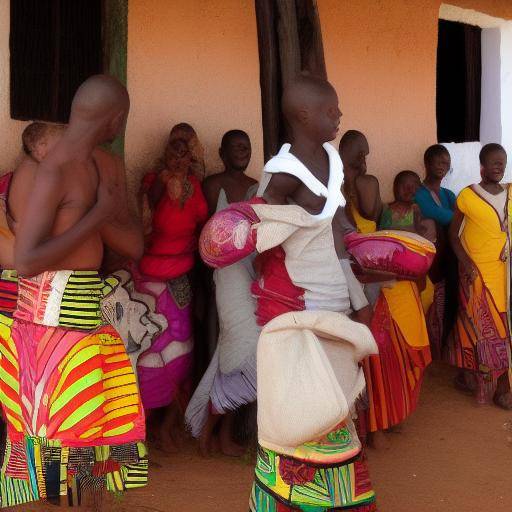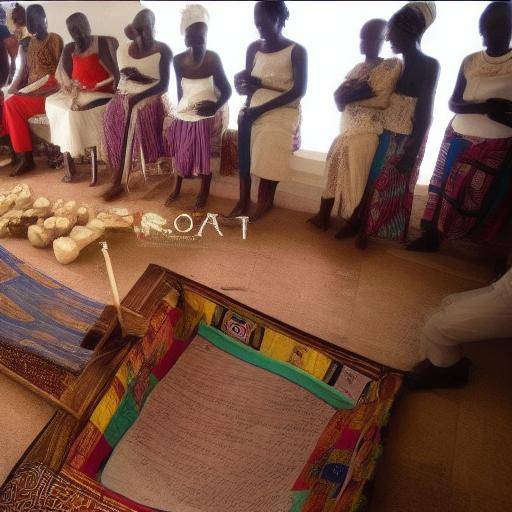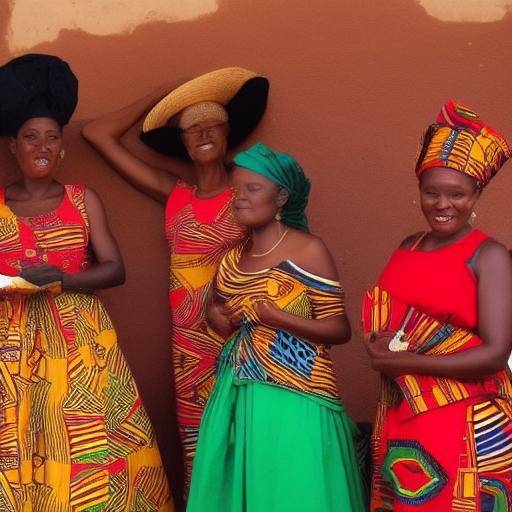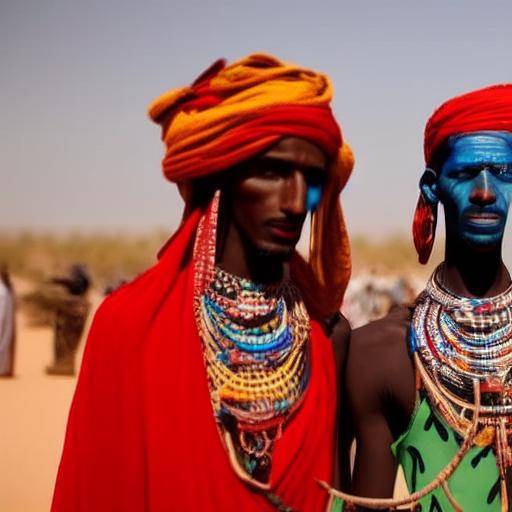
Introduction
Africa, a continent rich in culture and traditions, hosts various practices that awaken the curiosity and fascination of the whole world. One of these phenomena is Gerewol, a male beauty festival celebrated by the Wodaabe people in Niger, which stands out for its rituals, dances and a unique appreciation of aesthetics.
In this article, we will explore in depth this festival, its relationship with the makeup and the polygamyand its cultural importance. From its historical origins to its contemporary relevance, we will discover the most intimate details of this singular celebration. Prepare to immerse yourself in the overwhelming beauty of Gerewol and the fascinating traditions of the Wodaabe.
History and Background
Gerewol is an annual show dating back centuries in the culture of the Wodaabe people, a nomadic ethnic group that is mainly in Niger, Chad and Cameroon. Traditionally, this holiday has been an opportunity for Wodaabe men to show their makeup exuberant and elegant outfits in a beauty contest restricted exclusively to males.
La. polygamy is an institution rooted in Wodaabe society, and the Gerewol festival performs a specific function in this context. During the Gerewol, the women of the tribe have the opportunity to choose their future husbands, taking into account the beauty and charm of the participants. This practice reflects the importance of aesthetics and physical attractiveness in Wodaabe culture.
Analysis in Deep
Gerewol is not only a beauty festival, but also a symbol of the Wodaabe identity. Through generations, the celebration has evolved, but its essence remains rooted in the appreciation of the male beauty and the ancestral values of the people. Despite the changes in the modern world, Gerewol remains an event of profound cultural and social significance for the Wodaabe.
The coexistence between the festival of Gerewol, the makeup and the polygamy reflects a unique cultural paradigm that awakens the interest of anthropologists, sociologists and artists from around the world. Through the study of these practices, significant values, beliefs and traditions can be identified that enrich the understanding of cultural diversity in Africa.
Comprehensive review
The Gerewol, the makeup and the polygamy are multifaceted aspects that offer a broad view of Wodaabe culture. The interconnection of these cultural practices serves as a prism through which the social and aesthetic complexity of this community can be analyzed. In understanding the importance of Gerewol, you can better appreciate the cultural wealth and social dynamics of the Wodaabe.
Comparative analysis
The connection between the Gerewol, the makeup and the polygamy It illustrates a unique synergy that encourages re-evaluating cultural conventions in different contexts. By comparing these elements, intriguing nuances defy conventional perceptions of beauty, gender and marriage relations are revealed. This comparative analysis offers a fascinating window to cultural wealth and human diversity.
Practical Tips and Accessible Advice
Although the Gerewol, the makeup and the polygamy They may seem alien to many people, it is crucial to recognize the importance of respecting and understanding the cultural traditions of other peoples. Opening to cultural diversity enriches our global perspective and fosters an environment of mutual respect and understanding.
Conclusions & FAQs
In conclusion, Gerewol is much more than a beauty contest; it is the axis of a unique culture that reflects the complex interaction between aesthetics, identity and social practices. Through his study, we can appreciate cultural diversity and the immense wealth of African traditions.
Frequently asked questions
1. What does Gerewol mean in Wodaabe culture?
Gerewol is a male beauty festival that plays a central role in Wodaabe culture. In addition to being a beauty contest, it represents the opportunity for women to choose their future husbands.
2. How does makeup relate to Gerewol?
Make-up plays a crucial role in Gerewol, as the men Wodaabe adorn their faces exuberantly to impress women during the festival.
3. What role does polygamy play at the Gerewol festival?
Polygamy is a practice rooted in Wodaabe society, and during the Gerewol, women have the opportunity to choose their future husbands among the participants, which gives relevance to the beauty and masculine charm.
4. How has Gerewol evolved over time?
Despite the changes in the modern world, the Gerewol festival has maintained its cultural essence and remains a significant celebration for the Wodaabe.
5. What is the cultural importance of Gerewol?
Gerewol is a cultural manifestation that reveals the appreciation of beauty and physical attractiveness, as well as the social and matrimonial dynamics within the Wodaabe community.
6. How does Gerewol integrate into the daily life of the Wodaabe?
Gerewol is not only an annual event, but also influences social and matrimonial interactions in the daily life of the Wodaabe.
In short, Gerewol is a male beauty festival that transcends Western conventions on aesthetics, identity and love. Your interaction with makeup and the polygamy offers a unique vision of the cultural complexities of the Wodaabe and, by extension, of Africa.


